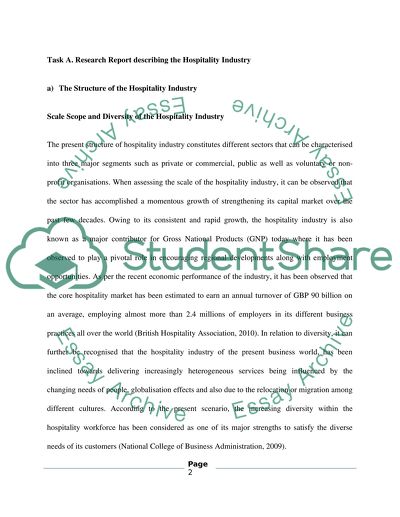Cite this document
(The Contemporary Hospitality Industry Assignment - 2, n.d.)
The Contemporary Hospitality Industry Assignment - 2. Retrieved from https://studentshare.org/health-sciences-medicine/1616704-the-contemporary-hospitality-industry
The Contemporary Hospitality Industry Assignment - 2. Retrieved from https://studentshare.org/health-sciences-medicine/1616704-the-contemporary-hospitality-industry
(The Contemporary Hospitality Industry Assignment - 2)
The Contemporary Hospitality Industry Assignment - 2. https://studentshare.org/health-sciences-medicine/1616704-the-contemporary-hospitality-industry.
The Contemporary Hospitality Industry Assignment - 2. https://studentshare.org/health-sciences-medicine/1616704-the-contemporary-hospitality-industry.
“The Contemporary Hospitality Industry Assignment - 2”, n.d. https://studentshare.org/health-sciences-medicine/1616704-the-contemporary-hospitality-industry.


